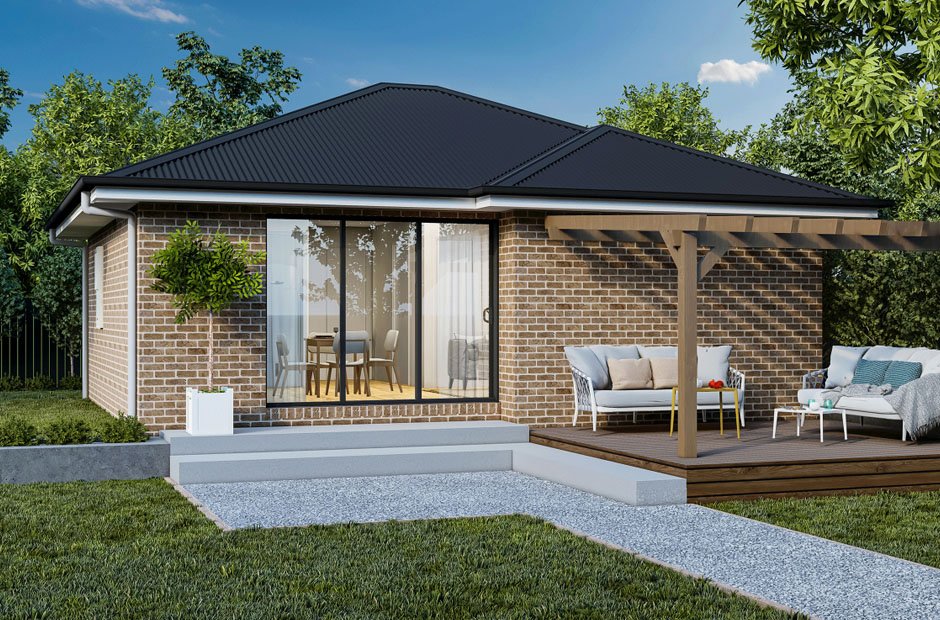Skip to the good bit
ToggleIf you’ve ever wondered, “What is a granny flat?”, you’re not alone. The term is being bandied about by property discussion, with homeowners keen to get the most out of their land.
What Does a Granny Flat Mean?
A granny flat, also called a granny unit or accessory dwelling unit (ADU), is a small, self-contained living space that often sits on the same property as a single family home. The meaning of granny flat stems from its original purpose: It gives them a comfortable place to live if they’re elderly relatives. But they’re no longer just for grandparents.
Key Features and Uses of a Granny Flat
These units are versatile. Common uses include:
- Housing elderly family members in the US. Elderly relatives can remain independent, yet close enough to family members to provide assistance when needed. A granny flat can also be built with accessibility features that will ensure safety and comfort. Wider doorways for wheelchairs, non-slip floors and grab bars for bathrooms make day to day living easier. This thoughtful living arrangement provides the dignity of independent living for seniors while at the same time keeps families connected and meets the changing needs of aging family members.
- Rental income. A granny flat can be a highly effective way for homeowners to increase the potential earning of their property. If you rent it out to tenants, short term or long term, you are generating consistent income from an otherwise empty unit.
- This extra income can be used to offset mortgage payments, cover property maintenance costs, or even provide financial flexibility for other investments. In regions where rental properties are in high demand, such as granny flats NZ, these units can be particularly lucrative. More information can be found on the website.
- Guest accommodation. When friends or family come to visit, they can enjoy the convenience of having their own dedicated area, complete with a bedroom, bathroom, and kitchenette. In addition, a granny flat can make visits from family members, such as in-laws or adult children, less stressful and more convenient. That extra space allows everyone to feel at home and creates a more enjoyable experience for everyone.
- Home office or studio. For professionals working from home, a granny flat office provides a clear boundary between work and personal life, helping to maintain focus and improve efficiency.
What Is the Average Size of a Granny Flat?
The average size of a granny flat varies based on local regulations. Generally, they range between 300 and 600 square feet. Despite the small size, they include essential amenities such as a bathroom, kitchen, living space, and sometimes even a small bedroom.
Disadvantages of a Granny Flat
- Cost of construction. The overall expense can vary widely, influenced by factors such as the size of the unit, the materials used, and the complexity of the design. Building a high-quality, fully functional granny flat is often a significant investment, especially when you consider construction, permits, utility connections, and interior finishes.
- Local regulations. Zoning laws, building codes, and the need for permits can make the construction process more complex and, in some cases, limit your options. Before starting your project, it’s crucial to understand the specific regulations in your area, as these rules can vary significantly from one location to another.
- Maintenance. As a separate living unit, a granny flat requires regular upkeep, similar to the main house. This includes everything from routine cleaning and repairs to checking plumbing, electrical systems, and the overall condition of the structure.
Whether you’re interested in boosting your property’s value or providing housing for a loved one, understanding what a granny flat is and the associated benefits and drawbacks can help you decide if it’s the right investment for you.







